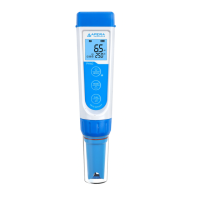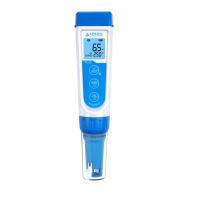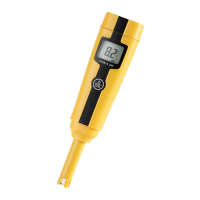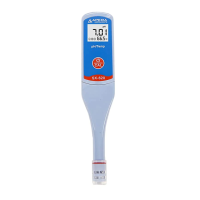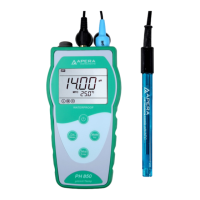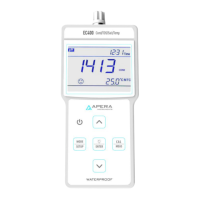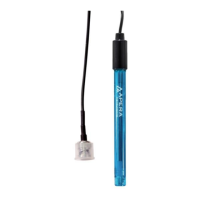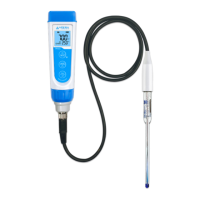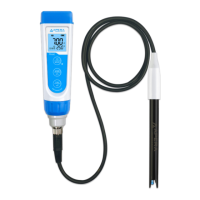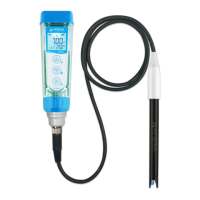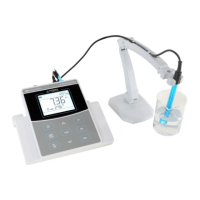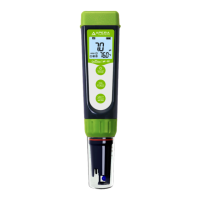② It's not necessary to use silicone oil for each calibration and measurement. Apply silicone oil
every several days or once a week. In between, just clean the surface with filter paper or high-
quality tissue paper.
③ Clean the calibration vial and sample vial together and keep the steps and actions consistent to
achieve same degree of cleanliness.
④ Stability of calibration solutions
The U.S EPA approved AMCO polymer standard calibration solution is very uniform and stable.
It does not precipitate, drift or condense. It can be used directly without shaking or fliping the
vial (to make the solution even). For polymer calibration solutions that have not been used for a
long time, slowly flip the vial twice and let it stand for 2 minutes. Be careful not to shake the
solution vigorously, as this will create air bubbles which destabilize the measurement; For 0.0
NTU calibration solution, do NOT shake or flip. If using Formazin calibration solution, as it tends
to precipitate easily, each time users must flip and shake the vial to make the solution even. But
sediment can still occur during tests and make the measurement unstable. Users need to have
rich experience with Formazin calibration solutions.
4.2 Calibration Procedure (Take 0 NTU and 20 NTU as an example)
1) Instrument warm up: Power on the instrument, set parameter P2 (continuous measurement time)
to 5 times. Long press to start continuous measurement (don't insert the vial), then wait for
3 to 5 minutes.
2) Open the flip cover and place the 0.0 NTU calibration
vial. Align the arrow on the vial lid with the one on the
sample vial holder and close the flip cover.
3) Press to enter the calibration menu, the cursor is
at 0 NTU. Press to start calibration.
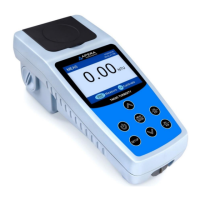
